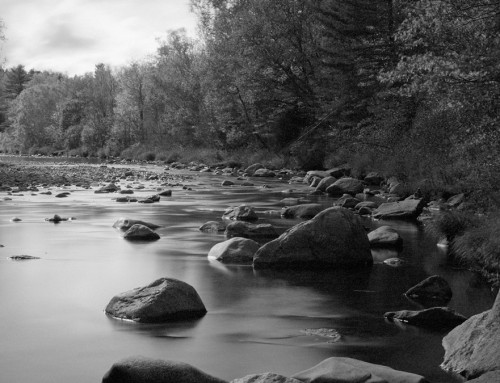Workspaces are custom arrangements of panels designed for a specific task in Exposure. They help you focus your attention by showing only the controls needed to perform the task. This video shows you how to switch between Exposure’s built-in workspaces, and how to create your own custom workspaces.
Photo: Alejandro Gutierrez
Transcript
Using Workspaces
Workspaces enable you to focus on a specific post-processing step by showing only the panels needed for that task.
Exposure comes with several useful workspaces. The Culling workspace includes folder navigation and tools for assigning ratings, flags, and metadata to images. The Editing workspace includes presets and all of the editing panels in the right dock. The Retouching workspace displays brushing and masking controls to speed up working with fine details. And the Defaults workspace shows every panel in Exposure’s interface.
You can switch between workspaces quickly to get to the next post-processing task. Workspaces can be accessed through the navigation menu at the bottom of the screen. You can use this menu to change workspaces, or it can also be used to navigate to a specific panel in a workspace.
To switch between workspaces even quicker, use the keyboard shortcuts. CMD+Shift and the bracket keys [ or ] will jump to the next workspace. Windows users use CTRL+Shift and the bracket keys.
Creating Workspaces
It’s easy to create your own workspaces for activities such as client proofing, processing images in black and white, or whatever your workflow needs are. Workspaces can include any panel available in Exposure.
To create a new workspace, open the Preferences window. On the Workspaces tab, the left and right columns represent Exposure’s left and right docks. The box in the center lists the unassigned control panels, which are hidden in the workspace configuration.
Let’s create a workspace for client proofing, which will have minimal controls displayed. Drag and drop to change the order of the panels, move them to a different quadrant, or place them in the unassigned box. Also there are display options in this view for using multiple monitors. We’ll talk more about that later in the video.
Below the workspace panel are options for the top and bottom docks. Simply check the box to include that control in the workspace.
With options set, click the gear icon to save the workspace. Use an informative name, place it in a category, and include a helpful description. This is good practice to keep your workspaces organized.
Refining Workspaces
Certain adjustments to the main UI are remembered as part of the workspace. Workspaces track divider positions, whether panels are collapsed or open, and more. Exposure automatically saves these changes as they are made, and restores them when you switch to the workspace.
For example, you can change the size of the docks and Exposure will remember that.
With those adjustments made, navigate to another workspace, and then back to the Editing workspace. The workspace layout is just as we left it.
Controlling Docks
Hiding the docks is a great way to give more of the screen to your images. Hide a dock by clicking the arrow button at the edge of the screen. A hidden dock can be accessed by moving the cursor near the edge of the window. When the mouse moves off of the dock, it will hide itself again. Docks can be locked open with the arrow buttons at the edges of the screen.
Show and hide docks quickly with keyboard shortcuts. TAB toggles the visibility of all docks. Toggle individual docks with ⌘ or Ctrl, Shift, and the corresponding arrow key. The left dock can be closed with ⌘+Shift left arrow, or Ctrl+Shift+left arrow on Windows.
Multiple Monitors
Another workspace consideration is adding a second monitor for more room to work. This enables you to view images at full size on one screen, with the grid of thumbnails and all the editing tools on the other.
Activate the secondary display through the Window menu at the top of the screen. Notice the keyboard shortcuts listed in the menu.
The docks can be moved to the screen you prefer to work. Selecting options here will relocate the docks to the second screen.












